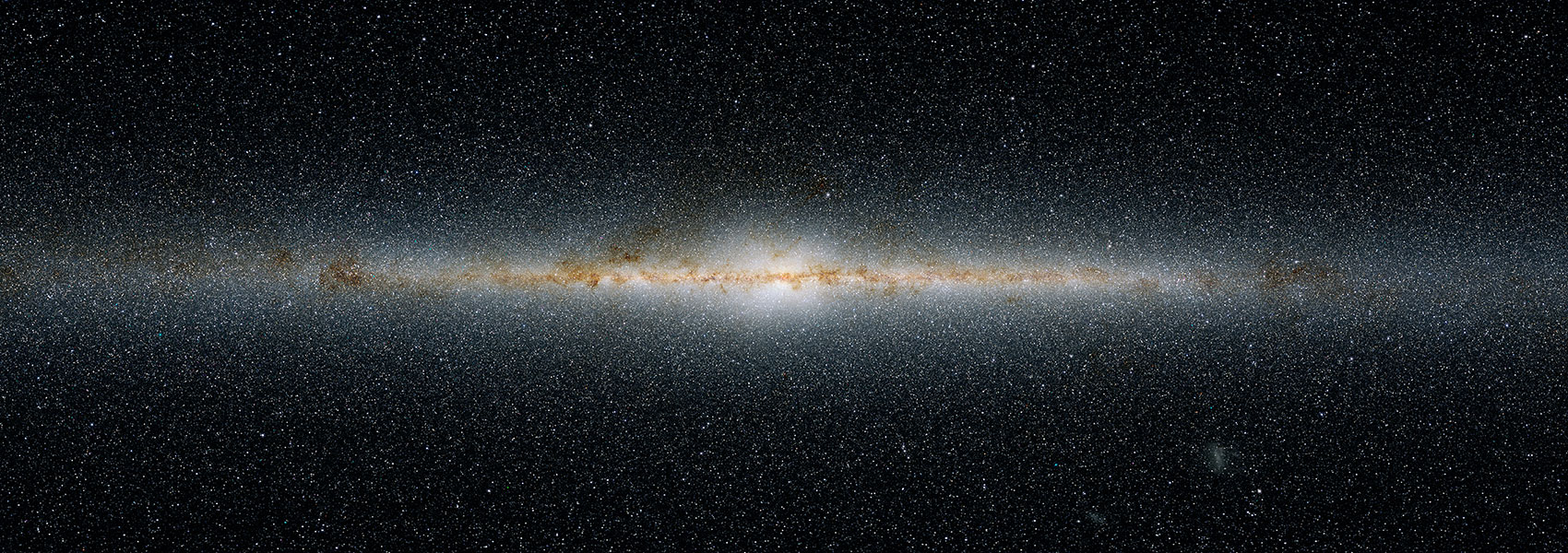June
2005
•
2005AJ....129.2849B
Authors
•
Burgasser, Adam J.
•
Kirkpatrick, J. Davy
•
Lowrance, Patrick J.
Abstract
•
We present Lick Natural Guide Star Adaptive Optics observations of the L8 brown dwarf Gl 337C, which is resolved for the first time into two closely separated (0.53"+/-0.03"), nearly equal magnitude components with a Ks flux ratio of 0.93+/-0.10. Companionship is inferred from the absence of a 3.6" offset source in Two Micron All Sky Survey or photographic plate images, implying that the observed secondary component is a comoving late-type dwarf. With a projected separation of 11 AU and nearly equal magnitude components, Gl 337CD has properties similar to those of other known companion and field substellar binaries. Its long orbital period (estimated to be ~140-180 yr) inhibits short-term astrometric mass measurements, but the Gl 337CD system is ideal for studying the L-T transition at a fixed age and metallicity. From a compilation of all known widely separated (>~100 AU) stellar-brown dwarf multiple systems, we find evidence that the binary fraction of brown dwarfs in these systems is notably higher than that of field brown dwarfs, 45+15-13% versus 18+7-4% for analogous samples. We speculate on possible reasons for this difference, including the possibility that dynamic (ejection) interactions that may form such wide pairs preferentially retain binary secondaries because of their greater combined mass and/or ability to absorb angular momentum.
Links


.png?1523393848)


